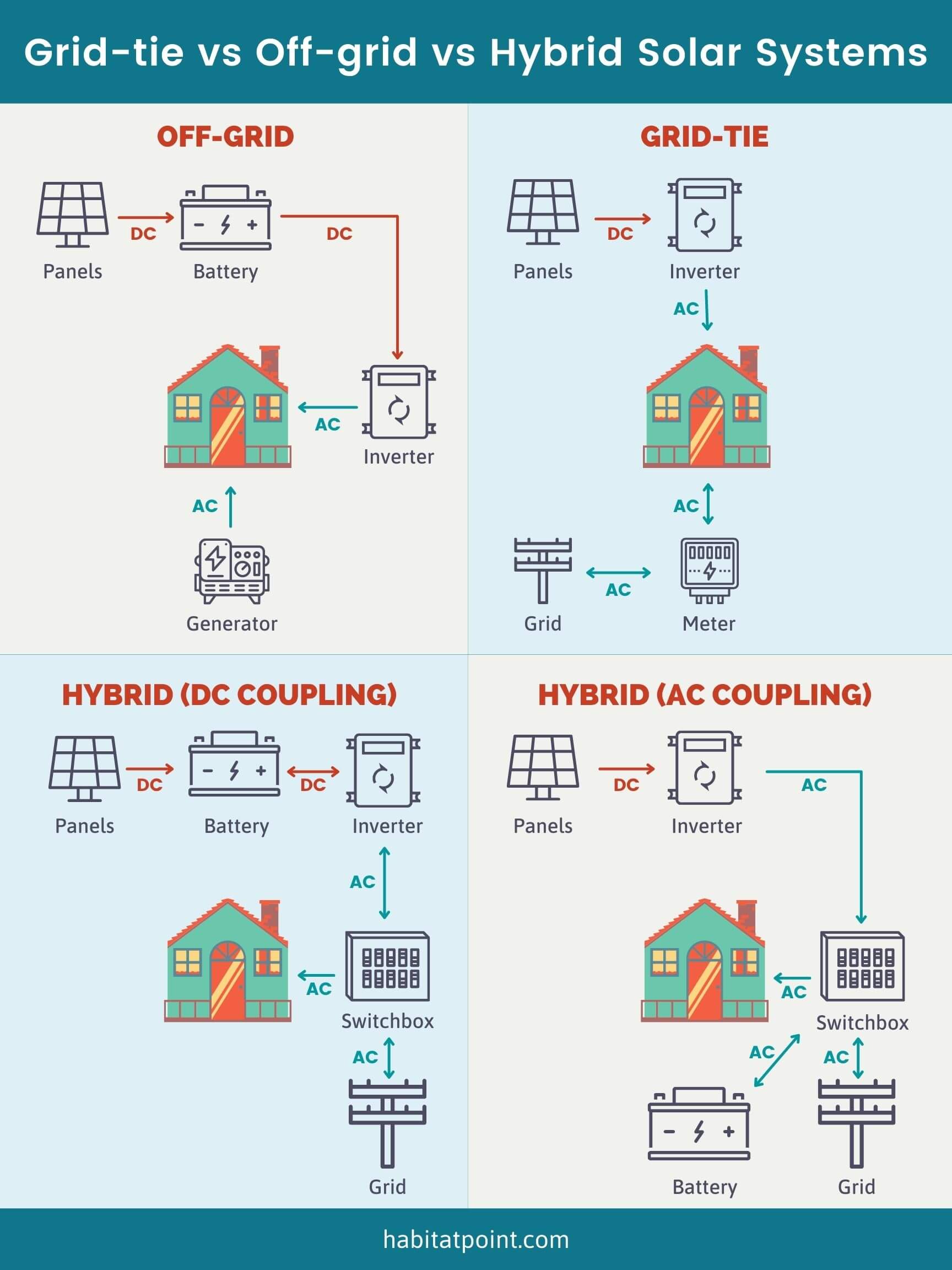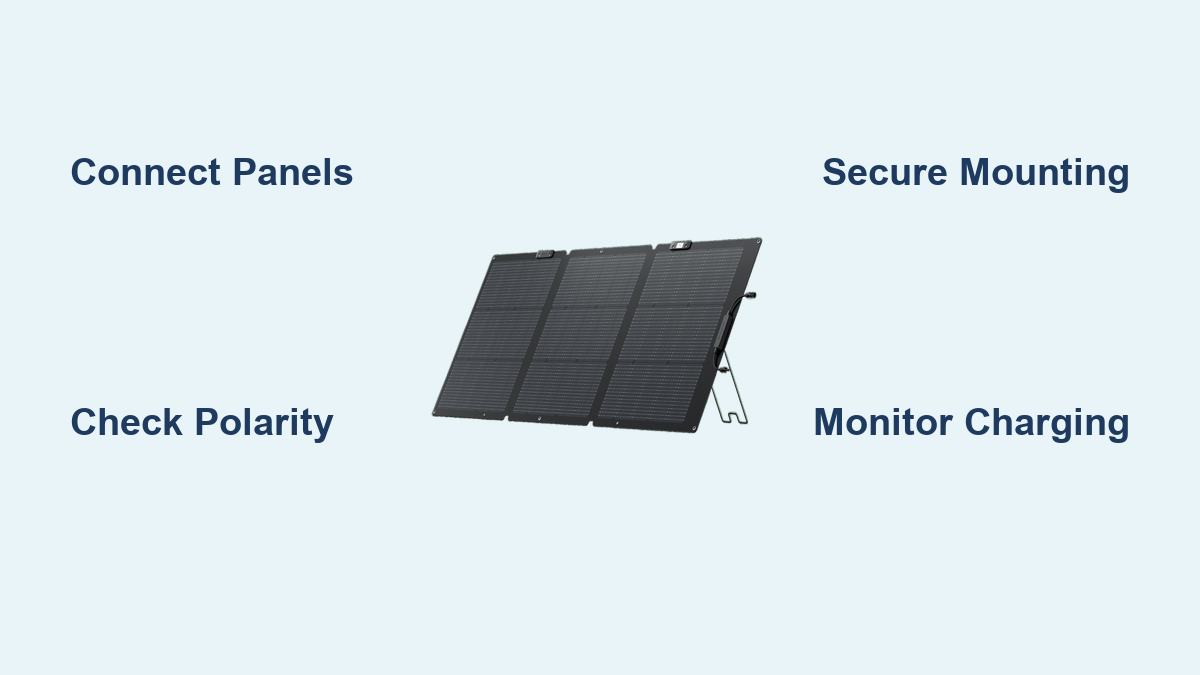Are you excited to harness the power of the sun with your EcoFlow solar panels but feeling overwhelmed by the setup process? It’s common to feel a bit intimidated when starting with solar, but with the right guidance, getting your EcoFlow system up and running can be surprisingly straightforward. A quick fix to simply connect and begin charging is often possible, but understanding a complete setup ensures optimal performance and longevity.
This comprehensive guide will walk you through everything you need to know to set up your EcoFlow solar panels, from understanding the components to safely connecting and maximizing their efficiency. We’ll cover everything from choosing the right location to troubleshooting common issues, so you can confidently enjoy clean, renewable energy. By the end of this article, you’ll be well-equipped to power your adventures or home with the sun!
What You’ll Need for EcoFlow Solar Panel Setup
| Item | Quantity | Specifications |
|---|---|---|
| EcoFlow Solar Panel(s) | Varies | 100W, 160W, 220W, 400W (or other model) |
| EcoFlow Power Station | 1 | Delta, River, or similar model |
| EcoFlow Solar Panel Connector | 1 per panel | MC4 to XT60 (typically included with panels) |
| Extension Cables (Optional) | As Needed | MC4 extension cables for longer distances |
| Mounting Brackets (Optional) | As Needed | For fixed or adjustable panel positioning |
| Wrench/Spanner Set | 1 | For tightening connections |
| Multimeter (Optional) | 1 | For testing voltage and current |
Preparing for EcoFlow Solar Panel Installation
Before you begin, careful preparation is key to a safe and efficient setup.
- Location, Location, Location: Choose a location that receives maximum sunlight throughout the day. South-facing (in the Northern Hemisphere) is generally best. Avoid shade from trees, buildings, or other obstructions. Consider seasonal changes in sun angle.
- Safety First: Solar panels generate electricity even on cloudy days. Never touch exposed electrical connections. Wear appropriate safety glasses and gloves.
- Surface Assessment: If mounting, ensure the surface is strong enough to support the weight of the panels, especially under windy conditions. Roofs require professional assessment before mounting.
- Cable Management: Plan how you will route the cables from the panels to the power station, minimizing tripping hazards and protecting them from damage.
Step-by-Step EcoFlow Solar Panel Installation Process
Phase 1: Unboxing and Inspection
- Unpack Carefully: Remove all components from the packaging and inspect them for any damage during shipping.
- Component Check: Verify you have all the necessary parts: solar panel(s), connector(s), and any optional accessories.
- Read the Manual: Familiarize yourself with the specific instructions for your EcoFlow solar panel and power station models.
Phase 2: Connecting the Solar Panel Connector
- MC4 Connection: EcoFlow solar panels typically come with MC4 connectors. These connectors require a firm click to secure.
- Attach XT60 Connector: Carefully align the positive (+) and negative (-) terminals on the MC4 connector with the corresponding terminals on the XT60 connector. Push firmly until they click into place. Important: Incorrect polarity can damage your equipment.
- Secure Connection: Gently tug on the connector to ensure a secure connection.
Phase 3: Connecting to the EcoFlow Power Station
- Locate Solar Input: Find the solar input port on your EcoFlow power station. This is usually clearly labeled.
- Insert XT60 Connector: Insert the XT60 connector from the solar panel cable into the solar input port on the power station. You should hear a click.
- Multiple Panels (Parallel Connection): If using multiple panels, connect each panel to the power station using separate XT60 connectors. Important: EcoFlow power stations typically support parallel connections – check your power station’s manual for maximum input wattage.
- Extension Cables (if needed): If the distance between the panels and the power station is too great, use MC4 extension cables to extend the reach.
Phase 4: Positioning and Securing the Panels
- Angle Adjustment: Adjust the angle of the panels to maximize sunlight exposure. The optimal angle depends on your latitude and the time of year.
- Mounting (Optional): If using mounting brackets, securely attach the panels to the desired surface, following the bracket manufacturer’s instructions.
- Stability Check: Ensure the panels are stable and will not be easily moved by wind or other factors.
Phase 5: Testing and Monitoring
- Power On: Turn on your EcoFlow power station.
- Check Display: The power station display should show that it is receiving power from the solar panels.
- Monitor Charging: Monitor the charging rate to ensure it is within expected parameters.
- Multimeter Test (Optional): Use a multimeter to verify the voltage and current output of the solar panels.
How to Prevent Future Setup Issues

- Cable Protection: Protect cables from damage caused by weather, animals, or accidental trampling.
- Connector Maintenance: Regularly inspect MC4 and XT60 connectors for corrosion or damage.
- Panel Cleaning: Keep the surface of the solar panels clean to maximize sunlight absorption. Wipe them down with a soft cloth and water periodically.
- Storage: When not in use, store the panels in a dry, protected location.
Pro Tips
- Optimize Panel Angle: Adjust the angle of the panels seasonally for maximum efficiency. There are online calculators to determine the optimal angle based on your location.
- Use High-Quality Cables: Invest in high-quality MC4 extension cables to minimize voltage drop.
- Parallel vs. Series: Understand the difference between parallel and series connections. EcoFlow power stations generally support parallel connections.
- Avoid Partial Shading: Even a small amount of shade can significantly reduce the power output of a solar panel.
- Regularly Check Connections: Ensure all connections remain tight and secure.
Professional Help Section

- When to Call a Pro: If you’re uncomfortable working with electrical connections, or if you’re installing panels on a roof, it’s best to hire a qualified solar installer.
- What to Look For: Look for installers with experience with EcoFlow systems and proper certifications.
- Cost Range: Professional installation costs can vary depending on the complexity of the project, but typically range from $500 to $2,000 or more.
- Warranty Considerations: Professional installation may void the manufacturer’s warranty if not performed correctly.
FAQ Section
Q: What is the maximum input wattage for my EcoFlow Delta 2?
A: The EcoFlow Delta 2 has a maximum solar input of 500W. Check your specific model’s manual for exact specifications.
Q: Can I connect multiple EcoFlow solar panels in series?
A: No, EcoFlow power stations are designed for parallel connections. Connecting in series can damage the power station.
Q: How do I know if my solar panels are charging correctly?
A: Check the display on your EcoFlow power station. It should show the charging rate and power input from the solar panels.
Q: What do the positive and negative terminals mean?
A: Positive (+) and negative (-) terminals indicate polarity. Connecting them incorrectly can damage your equipment. Always match the polarity of the connectors.
Q: What if my solar panels aren’t producing any power?
A: Check all connections, ensure the panels are in direct sunlight, and verify the power station is turned on.
Alternative Solutions Section

| Solution | Pros | Cons | Best For |
|---|---|---|---|
| Portable Solar Generators | Easy to transport, all-in-one solution | Limited power output, can be expensive | Camping, RVing, emergency backup |
| Grid-Tie Solar Systems | Unlimited power, reduces electricity bills | Complex installation, requires permits | Homeowners looking for long-term energy savings |
Enjoy Your New Solar Setup!
Congratulations! You’ve successfully set up your EcoFlow solar panels. Now you can enjoy the benefits of clean, renewable energy, whether you’re off-grid adventuring or powering your home.
Remember these key steps:
– Double-check all connections for security.
– Optimize panel angle for maximum sunlight.
– Monitor performance regularly.
Share your EcoFlow solar setup experience in the comments below! Let us know what you’re powering with the sun!

